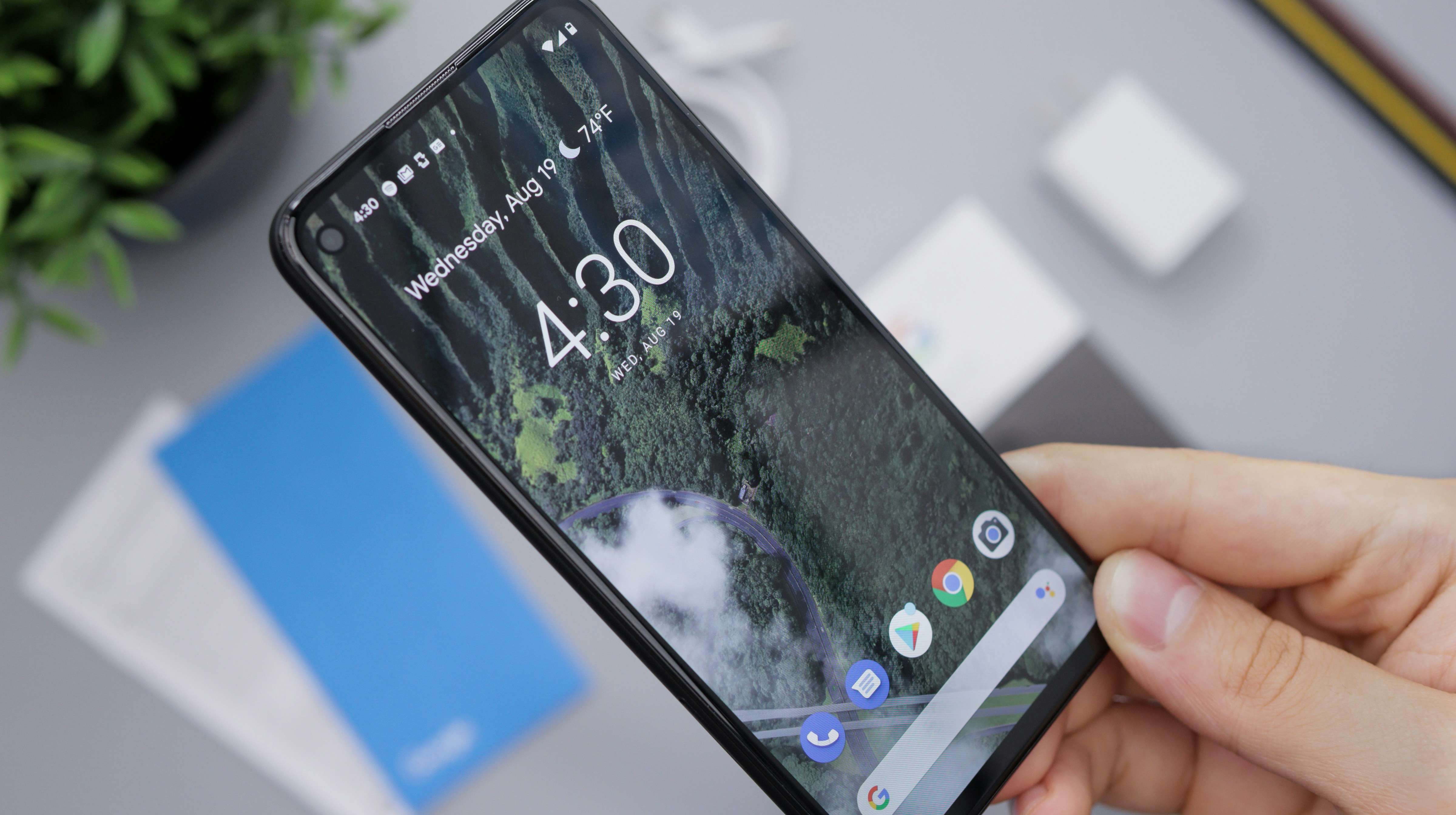Call forwarding is a phone feature that helps you redirect or forward incoming calls to a different number. You can still make outgoing calls while call forwarding is active. The number that received the redirected call will thereafter ring normally. You will be charged appropriate charges if you forward calls to a long-distance or toll number. However, because all incoming calls are automatically transferred, you cannot answer incoming calls on your original line when this function is enabled. When you divert a call, you will hear a brief ring on the original phone. Call forwarding can help you improve the quality of your incoming calls and reduce the amount of missed calls. However, many people are unaware that call forwarding exists, let alone how to use it. Let us explore more about call forwarding, its rules, and its benefits in this blog.
Buy Airtel Postpaid with exciting benefits!
What is call forwarding?
What does call forwarding mean? Call forwarding means to divert a call. It is a function of both traditional and VoIP phone systems that operates by routing incoming calls to another phone number or service. Call forwarding is also known as call divert in some circles. Call forwarding has become a regular feature of several phone systems, and it is now more helpful and varied than it was when it was dependent on a local phone provider. Whether you handle all phone calls on a single phone line or have a separate call center, call forwarding can greatly improve how you manage all your calls. Call forwarding boosts productivity by allowing more calls to be answered, which is especially important in today’s mobile work environment. If someone is away from the office for vacation or business travel, incoming calls can be routed to an alternate number, ensuring that callers’ queries and concerns are addressed. It is a simple approach to ensure that no calls go unanswered.
Call forwarding was as simple as forwarding a call to a different phone number. It functioned by dialing a new number automatically.
Rules of Advanced Call Forwarding
Advanced call forwarding is a telephone feature that allows you to divert incoming calls from one phone number to another or to a different destination in a more complex and customisable manner than regular call forwarding choices. It gives you more control and flexibility over how your phone calls are handled.
Advanced call forwarding is usually used in commercial settings to ensure that calls are routed to the appropriate people or departments, but you can also use it for useful personal call management. It can assist you in remaining accessible while offering you control over how and when you receive calls. Specific features and capabilities will differ based on the telecommunications service provider and the equipment or software used.
There are also advanced call forwarding services that help in managing calls through web-based apps or portals. This makes it easier to access and manage calls. When callers’ calls are routed, you can record customised greetings or announcements that provide them with specific information or instructions.
Sequential And Scenario-Based Call Forwarding Rules
Call forwarding rules that are sequential or scenario-based are advanced call forwarding features that allow you to define how incoming calls are handled in a specified order or depending on distinct scenarios. Scenario-based call forwarding means it enables more dynamic and context-aware call routing, ensuring that calls are handled effectively in a variety of situations. To improve call management, these functions are frequently included in business phone systems and virtual phone services.
Sequential-based call forwarding rules-
- Multiple phone numbers or extensions are set up in a specific arrangement.
- When a phone call comes in, it rings the first number on the list.
- If the first number in the series is unavailable, busy, or unanswered, the call is routed to the next number in the sequence.
- This procedure is repeated until the call is answered, or all pre-set numbers are tried.
Scenario-based call forwarding rules-
- Availability-based scenario– You may redirect calls to other phones or voicemail depending on your availability status.
- Occasion-based scenario– Depending on any kind of occasion such as a meeting, conference, or holiday, you may set up a call forwarding option to divert calls.
- Time-based scenario– Call forwarding rules can be set up to route calls to different destinations dependent on the time of day such as pre- or post-working hours.
- ID-based scenario– Specific caller ID numbers or spam numbers can have their calls routed differently. Calls from key clients might be routed to a specific line or calls from known spam numbers may be routed directly to voicemail.
Steps for Call Forwarding
Call forwarding is the act of configuring one phone number so that calls are automatically forwarded to another number. Call forwarding is configured differently depending on your phone system and service provider. The steps below should help you set up call forwarding on most phone systems, including landlines, mobile phones, and VoIP phones. Here are a few steps to set up call forwarding on mobile phones-
- Open the Phone Settings– Navigate to the phone settings menu on your mobile device. Find Call Forwarding: In your phone’s settings, look for the “Call Forwarding” or “Forwarding” option.
- Choose the Call Forwarding Type– Select the type of call forwarding you want to configure. “Always Forward,” “Forward When Busy,” “Forward When Unanswered,” and other similar options may be available.
- Enter the Forwarding Number– Enter the phone number to which you wish your calls to be forwarded. Include the country and area code, if applicable.
- Enable or Save– Now save your settings or enable call forwarding.
- Call and Test– To check that calls are being routed, make a test call to your mobile number.
Benefits of Call forwarding
Call forwarding increases productivity by allowing more calls to be answered, which is especially crucial in today’s mobile workplace. Incoming calls can be directed to an alternate number if someone is gone from the office for vacation or business travel, ensuring that callers’ questions and concerns are answered. It is a straightforward method for ensuring that no calls go unanswered.



